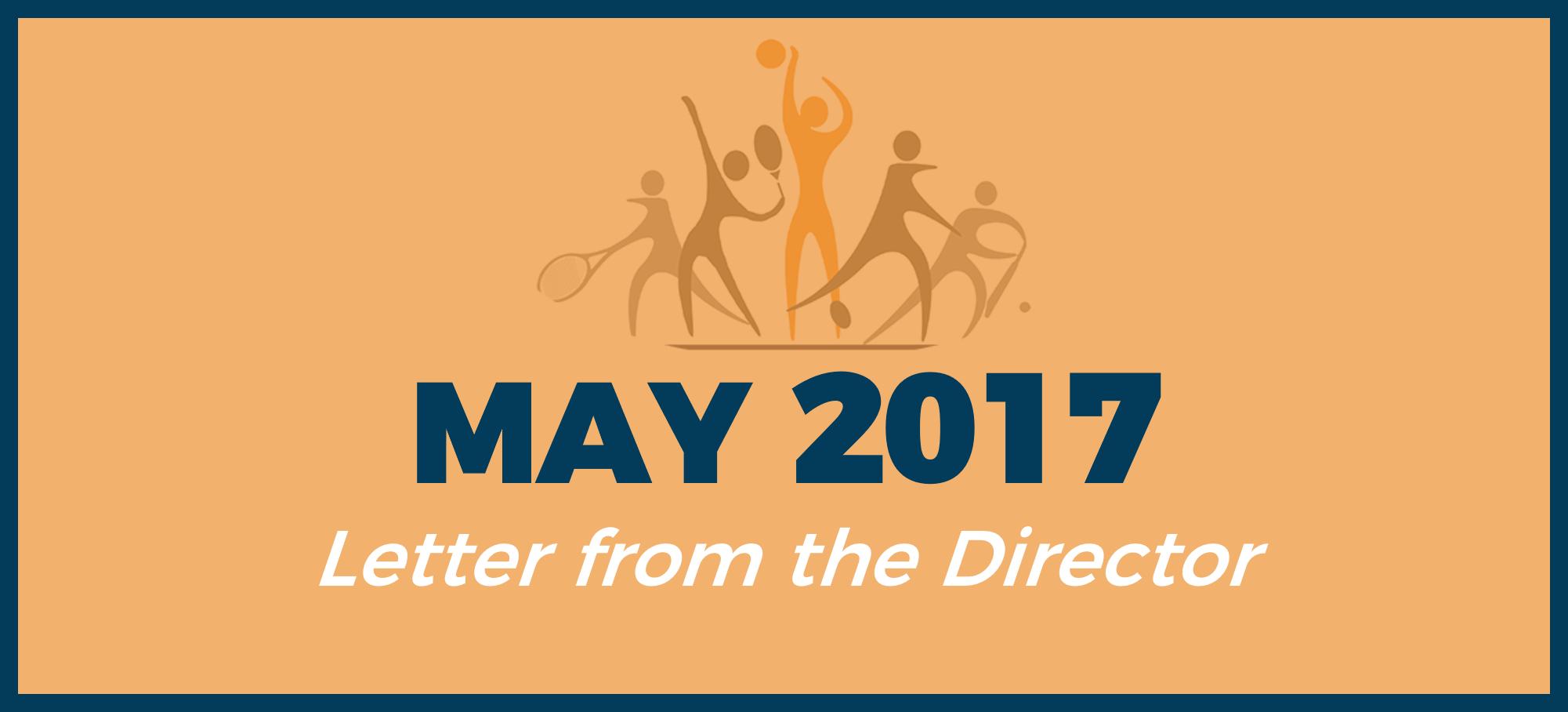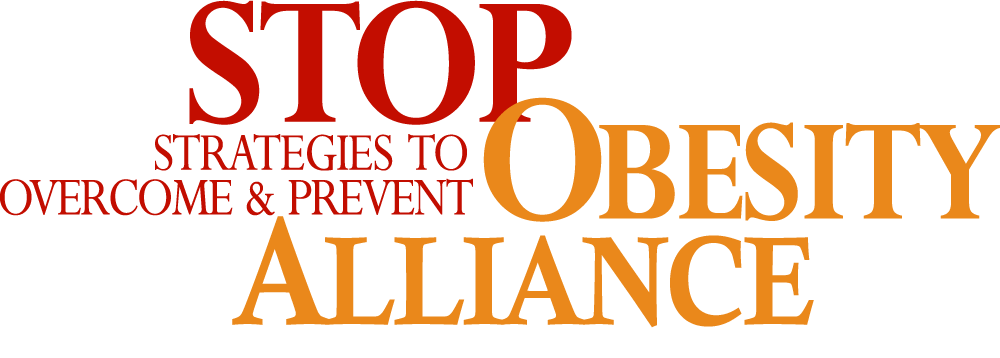This month, the President’s Council on Fitness, Sports, & Nutrition (PCFSN) helped to coordinate events nationwide in honor of National Physical Fitness & Sports Month. Beginning with National PE & Sports Week and ending today with National Senior Health & Fitness Day, the month encourages Americans to adopt healthy lifestyles that include regular physical activity at all ages.
We know that physical activity improves body composition, prevents weight gain, prevents type-II diabetes, promotes cardiovascular health, reduces cancer risk, and enhances cognitive function. Although about half of adults engage in the recommended 150 minutes of moderate-intensity aerobic activity each week, the prevalence of physical inactivity increased among low-income households (< $25k/yr) in recent years to a peak of 41% in 2016. During the same period, physical inactivity decreased among middle income households to 21% in 2016. Adults with sedentary lifestyles cite not having a fellow participant (43%) and poor health (25%) as the top barriers to being active.
Widening geographic and socioeconomic disparities in physical fitness highlight the need for targeted investments when creating environments conducive to active living. Providing tailored activity guidance for patients with chronic conditions, offering discounted access to sports/activities or fitness-related tax incentives, and advocating for built environment approaches that create walkable communities are all strategies to boost physical activity in vulnerable populations. The Presidential Active Lifestyle Award (PALA+) program offered through the USDA’s SuperTracker tool can help individuals identify ways to improve their health and monitor progress toward physical activity and healthy eating goals.
The American College of Sports Medicine’s Exercise is Medicine®initiative provides resources to help healthcare providers incorporate physical activity into treatment plans and refer patients to credentialed exercise professionals. Because of its multiple health benefits, physical activity has been called the wonder drug. The health of adults and children depends on how we dispense more of it.
National Fitness & Sports Month
June 1, 2017


